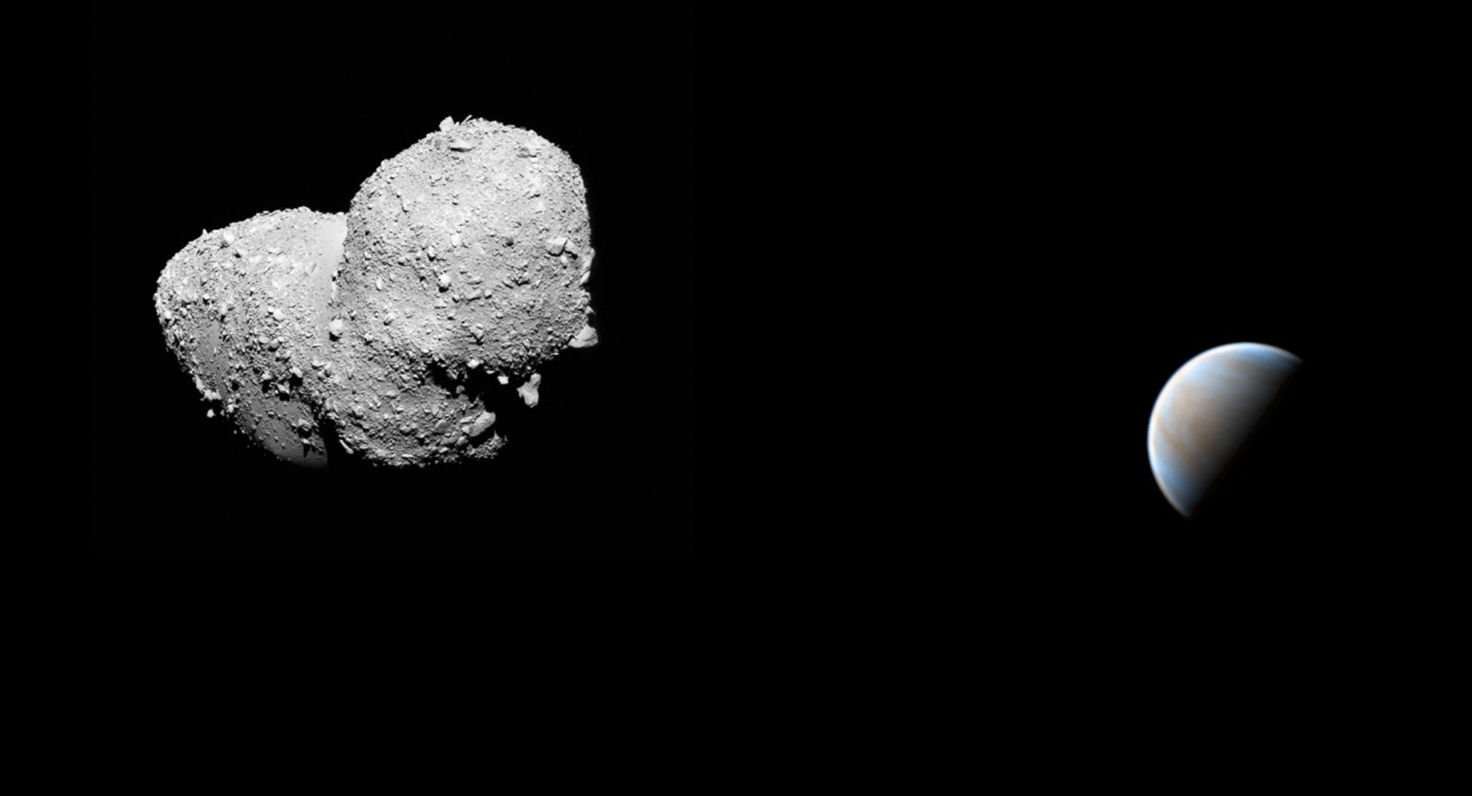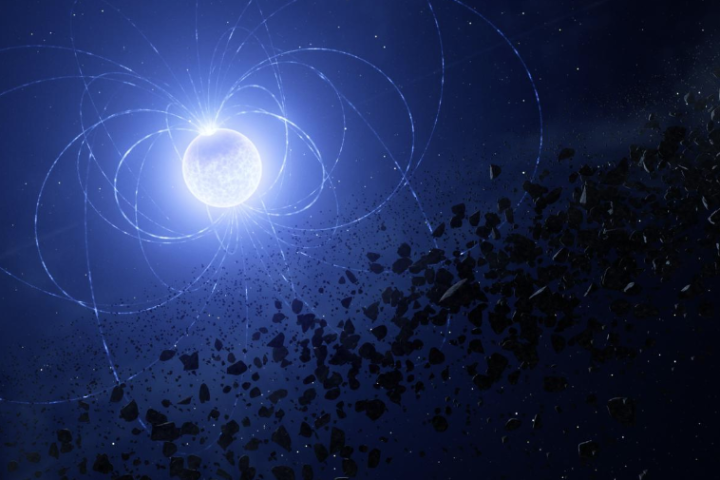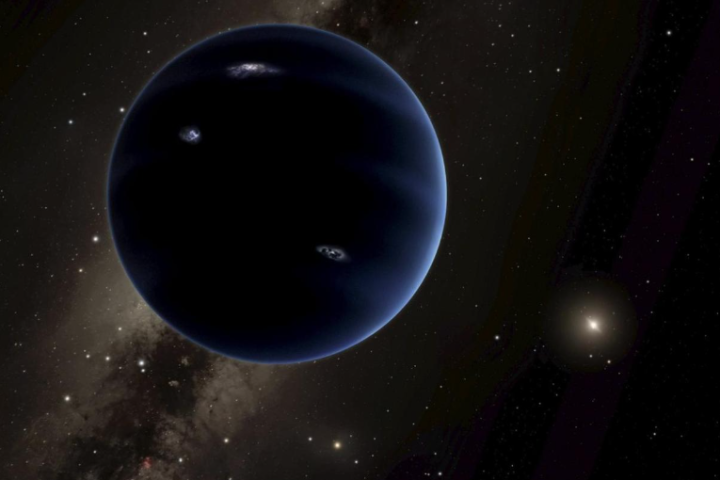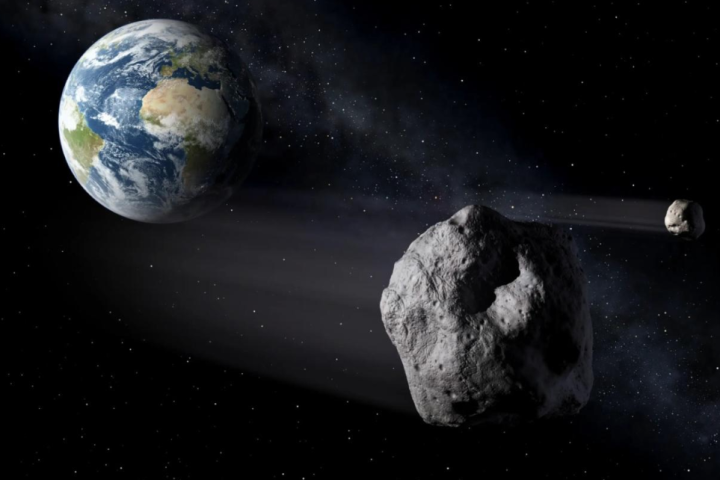The Solar System contains a huge number of asteroids that revolve around the Sun.
We are aware of about a million. Additionally, practically all of those asteroids are located in the outer and middle solar system, away from Earth’s orbit. Only a few have been located wholly within the Earth’s orbit.
- What is a Derivative? What is Integral? Why is it Necessary to Know These Concepts?
- A Huge Megalithic Complex Found in Spain
According to models, there should be a population of asteroids even closer to the Sun that are completely contained within Venus’s orbit. Only one has been found thus far, and that is the asteroid ‘Ayló’chaxnim, which was detected in 2020. In the Luiseo language, the name is translated as “Venus girl.”
But ‘Ayló’chaxnim defies what we anticipate: The size is too huge, according to simulations, to be an inner-Venus asteroid.
In order to learn more about the rock, understand how it got there, predict its future, and determine whether it can lead us to other inner-Venus asteroids, scientists have been looking at it more closely.
The results are detailed in an article that was written under the direction of Caltech astronomer Bryce Bolin and published in Monthly Notices of the Royal Astronomical Society.
Models based on the known population of near-Earth asteroids predict that the inner-Venus asteroid population should be composed of rocks with a diameter of no more than one kilometer (0.62 miles).
The only time we can find these asteroids is in the brief window between sunset (or sunrise) and complete darkness because they are often fairly close to the Sun in the sky. This is no small effort given their small size and great distance.
The Zwicky Transient Facility’s initial detection of ‘Ayló’chaxnim and subsequent studies with a variety of equipment showed that the asteroid has a diameter of about 2 kilometers. Its reddish color is typical of S-type asteroids from the inner Main Belt, which circles the Sun between Mars and Jupiter.
The asteroid is just around 0.65 astronomical units from the Sun at its farthest points in its orbit. The orbit of Venus is 0.72 astronomical units away.
Bolin and his colleagues came to the conclusion that ‘Ayló’chaxnim is about 1.7 kilometers in diameter and migrated to its present location from the Main Belt by compiling all the observations, analyzing the data, and running simulations.
This is consistent with earlier research and modeling, which indicates that any asteroids with the orbital profile of ‘Ayló’chaxnim should originate from the Main Belt.
Bolin and his team also discovered that ‘Ayló’chaxnim only reached its present location during the last million years or so, which is rather recent in cosmic terms. And it won’t likely stay there for very long. 90% of the ‘Ayló’chaxnim clones in the team’s simulations experienced a gravitational interaction with a planet that led to a collision with a planet or the Sun within 30 million years.
In the 50 million years that passed, among the clones that did survive, 13% struck the Sun, while another 13%, 52%, 16%, and 2% struck Mercury, Venus, Earth, and Mars, respectively.
The final 4% of that 10% either endures for more than 50 million years or is completely ejected from the Solar System. With respect to the next 50 million years, ‘Ayló’chaxnim only has a 0.04 percent survival rate.
The lack of inner-Venus asteroids may be due to their brief periods of stability. It’s also important to note that the outliers are usually the first items discovered in every cosmic population, providing us with a detectable signal.
Although ‘Ayló’chaxnim is larger than models predicted, it could simply be a large anomaly, and the smaller swarm may be beyond our current range of detection, or we may only need to look a little closer.
And Bolin and his team advise us to follow their advice. According to the team’s simulations, there is a 0.16 percent possibility that ‘Ayló’chaxnim will collide with Earth in the next 50 million years. Despite being minimal, such odds are still not zero. We are interested in learning about any further asteroids that may exist that have those odds.
In their publication, the researchers state that “the twilight sky near 50 degrees of the Sun is very unexplored and the comparison between observations and asteroid population models requires future exploration of this phase space.”
Current and upcoming surveys will cover the near-Sun sky and the inner-Venus asteroid population through observations of the near-Sun sky.
The team suggests naming this population of asteroids “‘Ayló’chaxnim asteroids” because it was ‘Ayló’chaxnim that was the first of these asteroids to be formally found, recognized, and named.
The study is accessible on arXiv and has been accepted for publication in the Monthly Notices of the Royal Astronomical Society.





